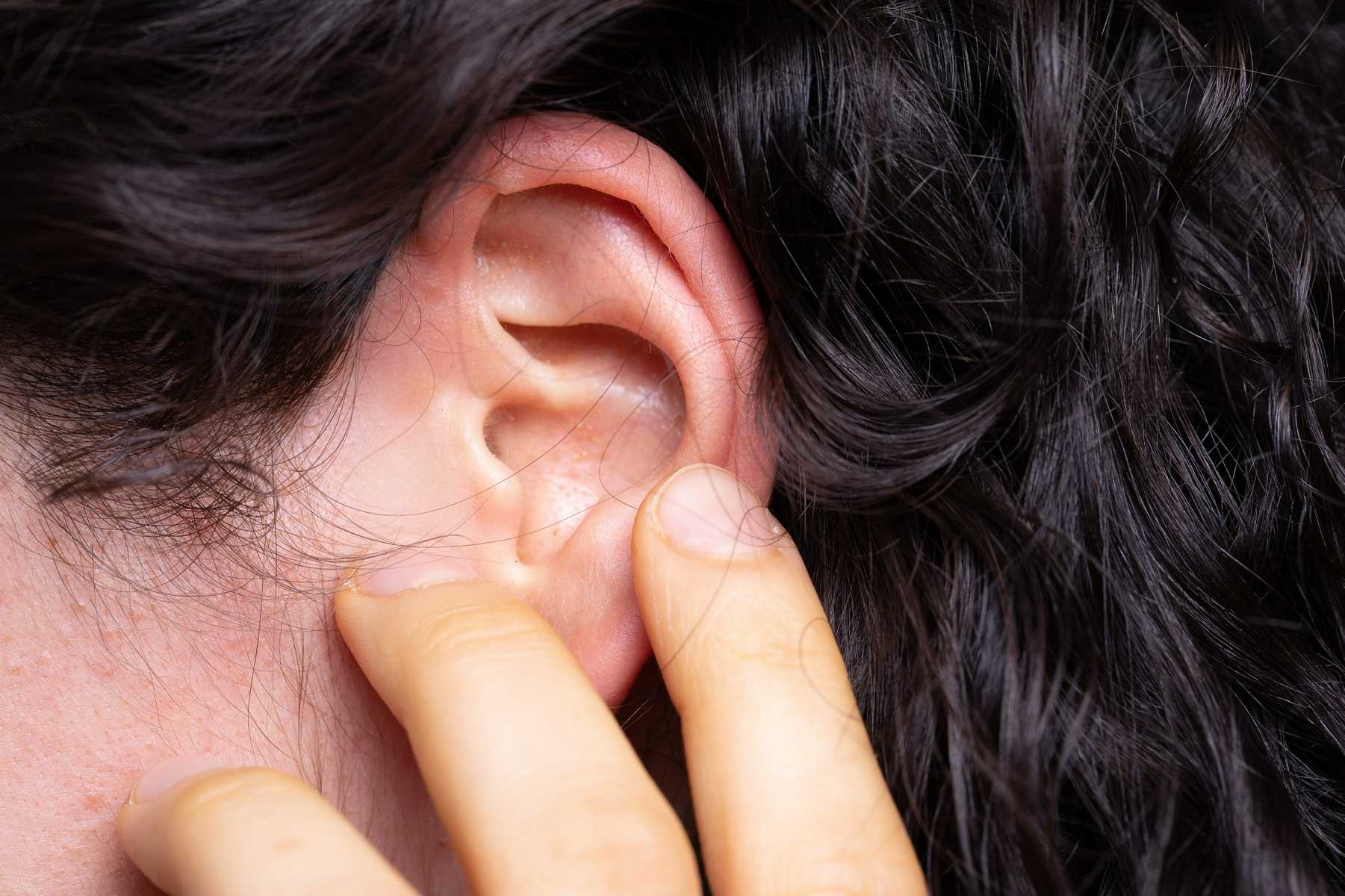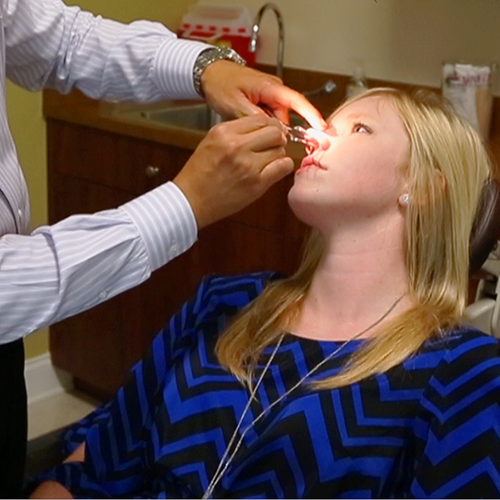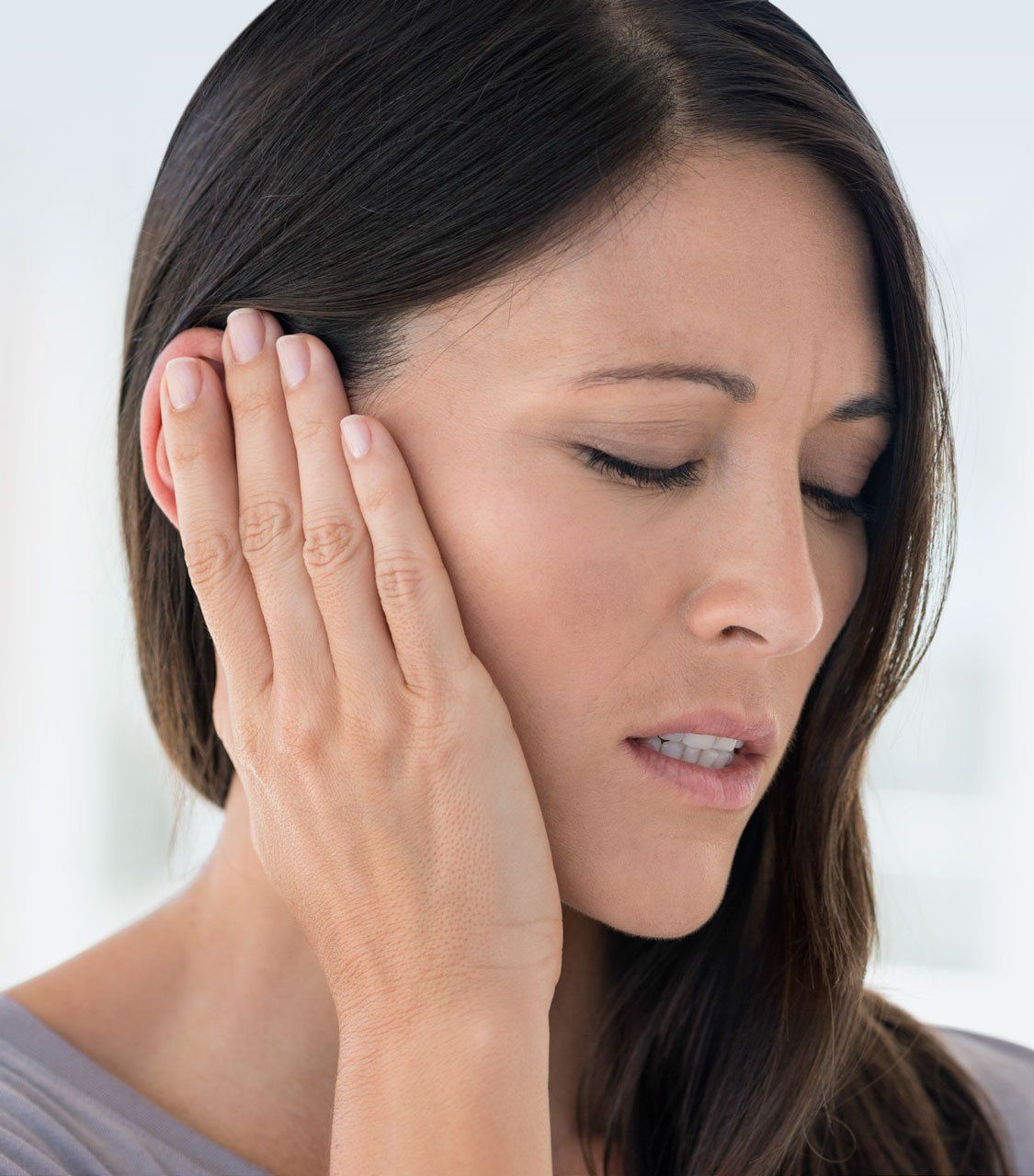Eustachian Tube Dysfunction: What Is It?

Have you been struggling with long-term ear pain? Eustachian tube dysfunction (ETD) could be to blame. While approximately 1% of people suffer from the condition, it can affect their livelihood unimaginably.
One of the first steps to treating this condition is understanding what eustachian tube dysfunction is and how it affects you. If you think you are suffering from ETD, here's what you need to know about it.
What Is Eustachian Tube Dysfunction
ETD is a condition that prevents the Eustachian tubes from opening and closing correctly. These two tiny passageways connect the back of the nose to the middle ear.
This tube helps to drain fluid from the middle ear and equalize pressure in the ear. However, fluid builds up in the middle ear when the eustachian tubes are not functioning correctly. This can cause pain, pressure, and other symptoms.
Many symptoms of Eustachian Tube Dysfunction include pressure in the ears, pain, or tinnitus (ringing in the ears). You can experience hearing loss, or in some cases, ETD can also lead to sinus infections.
What Causes Eustachian Tube Dysfunction?
Several things can contribute to eustachian tube dysfunction. One of the most common causes of ETD is sinus infections. Other causes include allergies, nasal polyps, colds, and flu.
People with deviated septums or small eustachian tubes are more prone to this condition. Other risk factors include flying, diving, or smoking. Some people suffer from congenital disabilities of the eustachian tubes, which can cause ETD.
What Are the Symptoms of Eustachian Tube Dysfunction?
The most common symptom of eustachian tube dysfunction is a feeling of fullness or pressure in the affected ear. Other symptoms may include muffled hearing, pain in the ear, and popping or clicking sounds when swallowing.
If left untreated, Eustachian tube dysfunction can lead to middle ear infections.
How Is Eustachian Tube Dysfunction Diagnosed?
Eustachian tube dysfunction is not always easy to diagnose. Those who suffer from Eustachian Tube Dysfunction will often seek a doctor because they are experiencing ear pain. It is not uncommon for this condition to be misdiagnosed.
Those who suffer from Eustachian Tube Dysfunction will often seek a doctor because they are experiencing ear pain.
The pain can be described as sharp or dull and localized in the ear canal.
The most common way of diagnosing Eustachian Tube Dysfunction is a physical examination of the patient. A doctor will use a lighted scope to look into the ear canal and check for abnormalities. They will also use an otoscope to examine the eardrum and ensure that it is customary in appearance and not perforated.
A doctor might find abnormalities during the physical examination. They might want to run more tests to confirm the diagnosis of Eustachian Tube Dysfunction.
Doctors can use several other tests to diagnose Eustachian Tube Dysfunction. One of these tests is called a tympanogram, which measures how well air flows through your eardrum.
Another test measures the pressure in your ears when you swallow or yawn. If your pressure changes significantly between these two tests, it may indicate a blockage or damage in one of your Eustachian tubes.
Sometimes doctors diagnose Eustachian Tube Dysfunction with an audiogram. This measures how well you can hear sounds at different frequencies and volumes. This test can also help determine any other issues with your hearing, like tinnitus (ringing in the ears).
What Treatment Options Are Available for Eustachian Tube Dysfunction?
Eustachian tube dysfunction is usually treated with conservative measures such as decongestants, antihistamines, or corticosteroids. In some cases, a doctor may recommend an allergy shot.
Surgery is usually only considered if other treatments have failed. Surgery for eustachian tube dysfunction involves placing tubes in the eardrums to help ventilate and drain the middle ear.
Doctors may also perform fluid removal or a new procedure, known as balloon dilation, to treat ETD.
Are You Suffering From Untreated ETD?
Eustachian tube dysfunction (ETD) is a condition that can cause long-term ear pain if left untreated. However, there are both medical and non-medical treatments available that can provide relief.
If you think you may be suffering from ETD, we can help. Contact our dedicated team today to learn which treatment options suit you.











